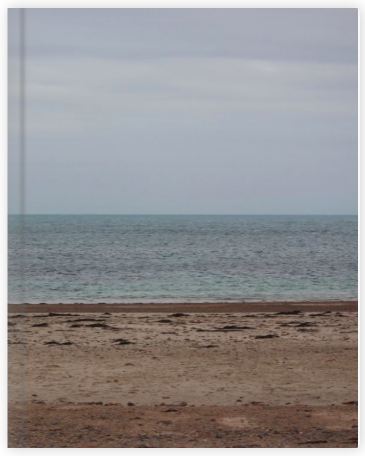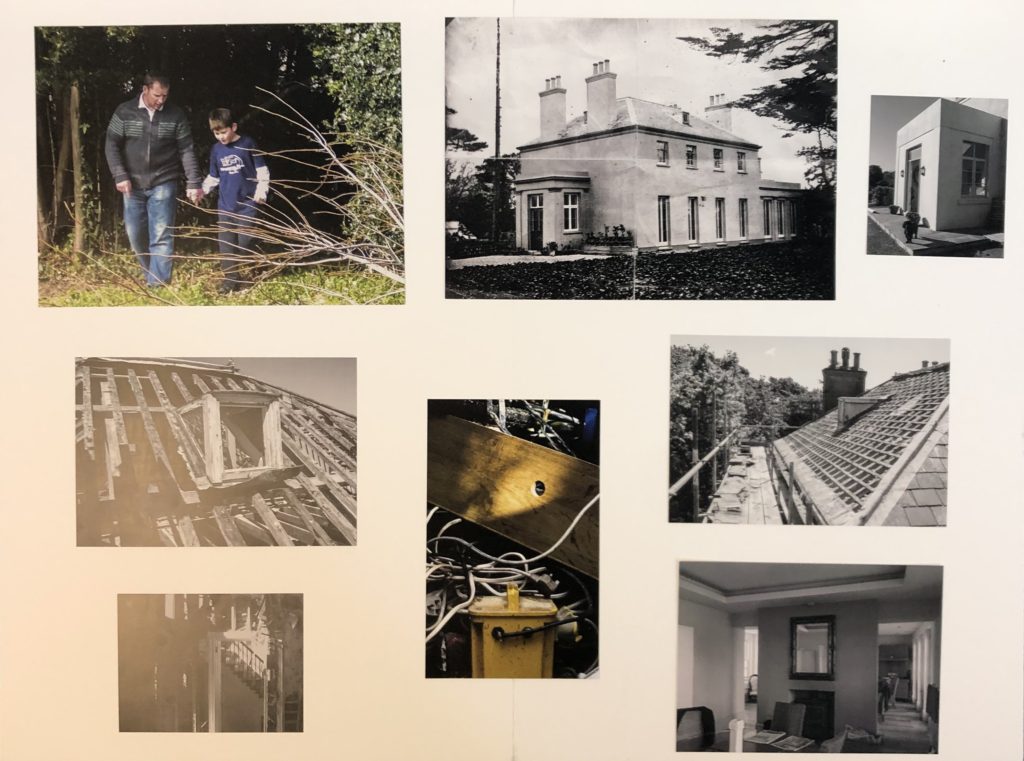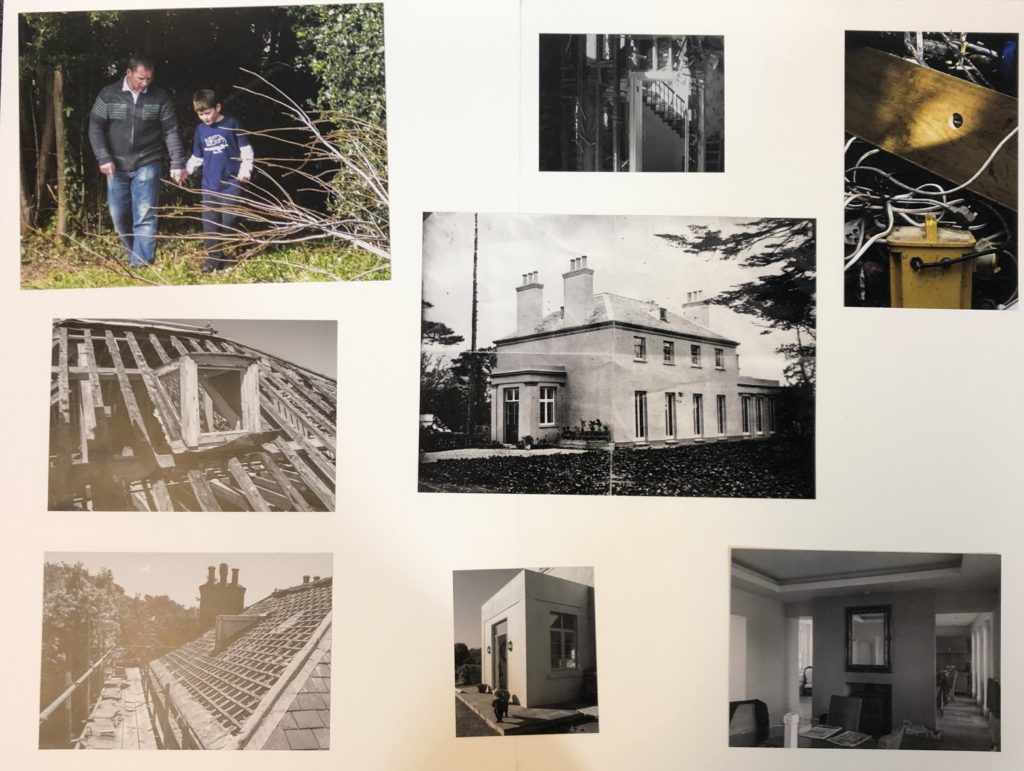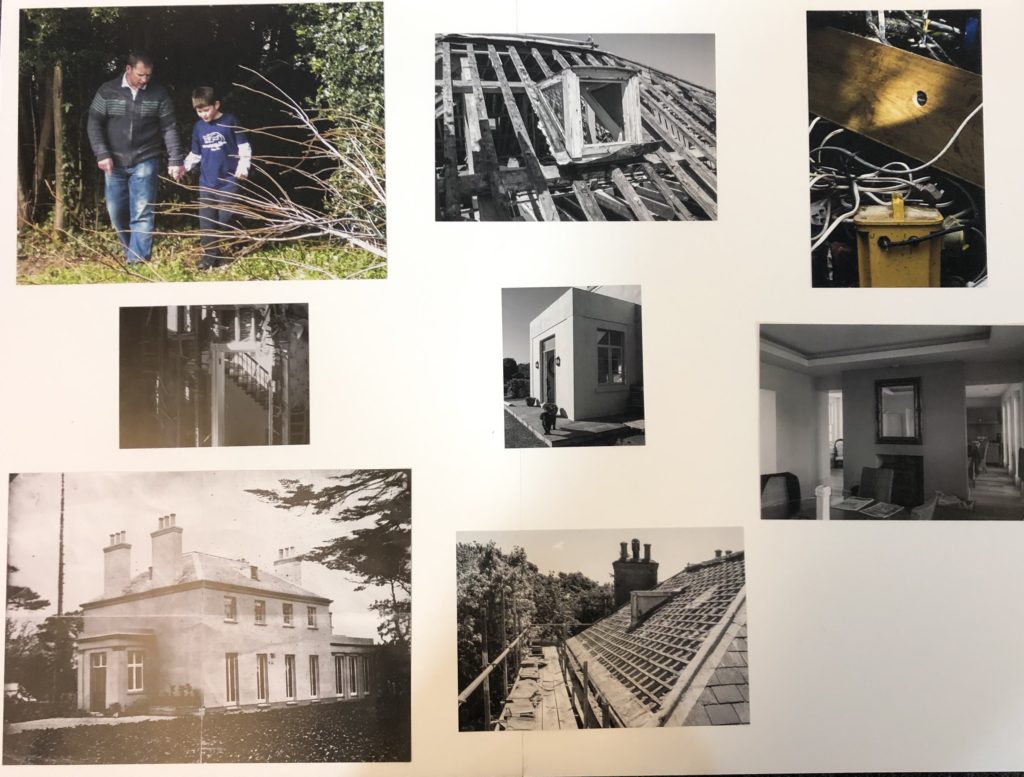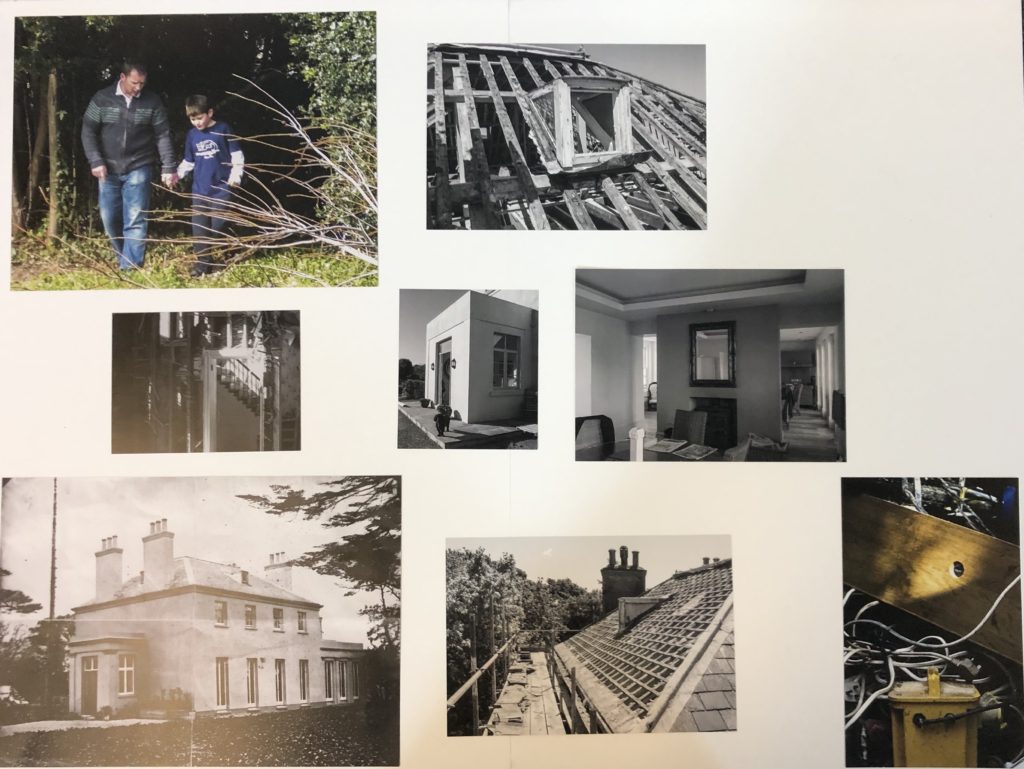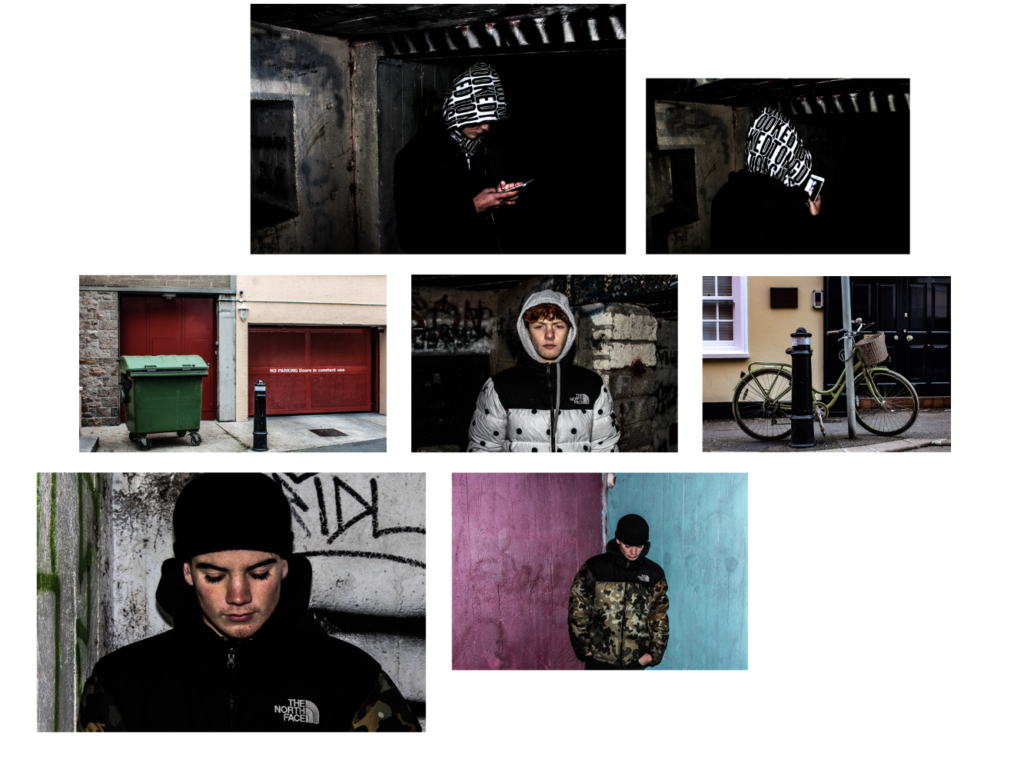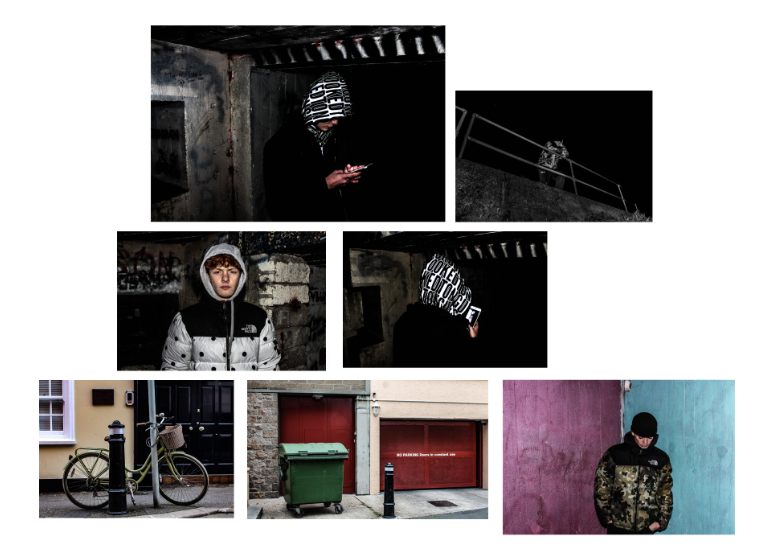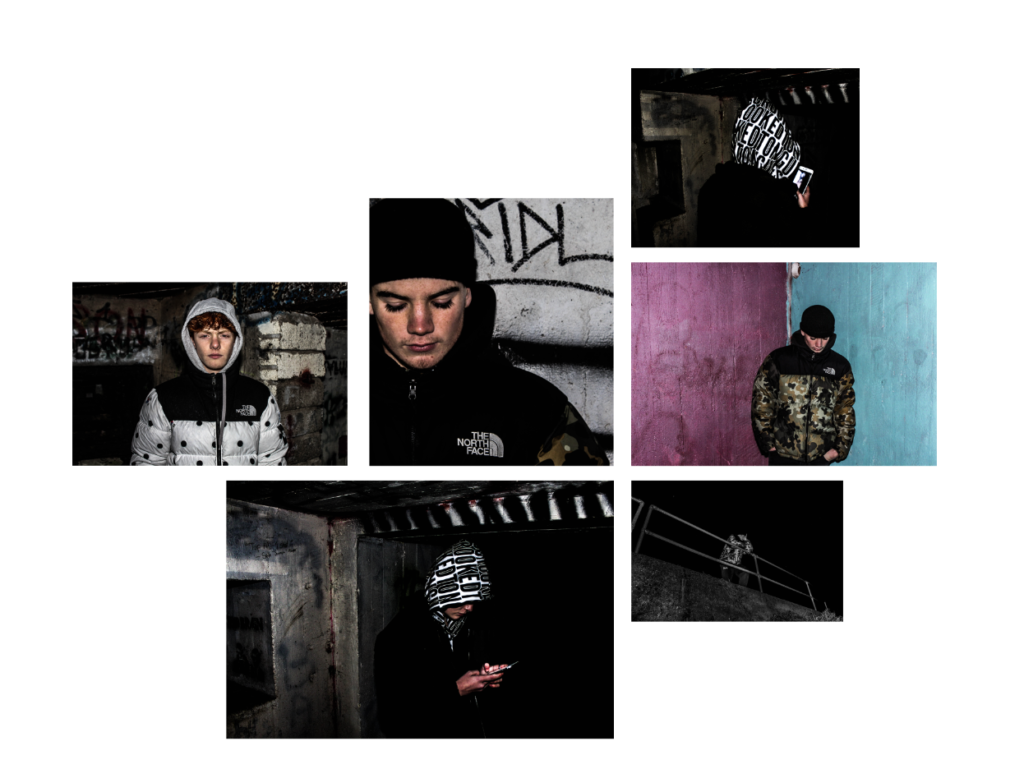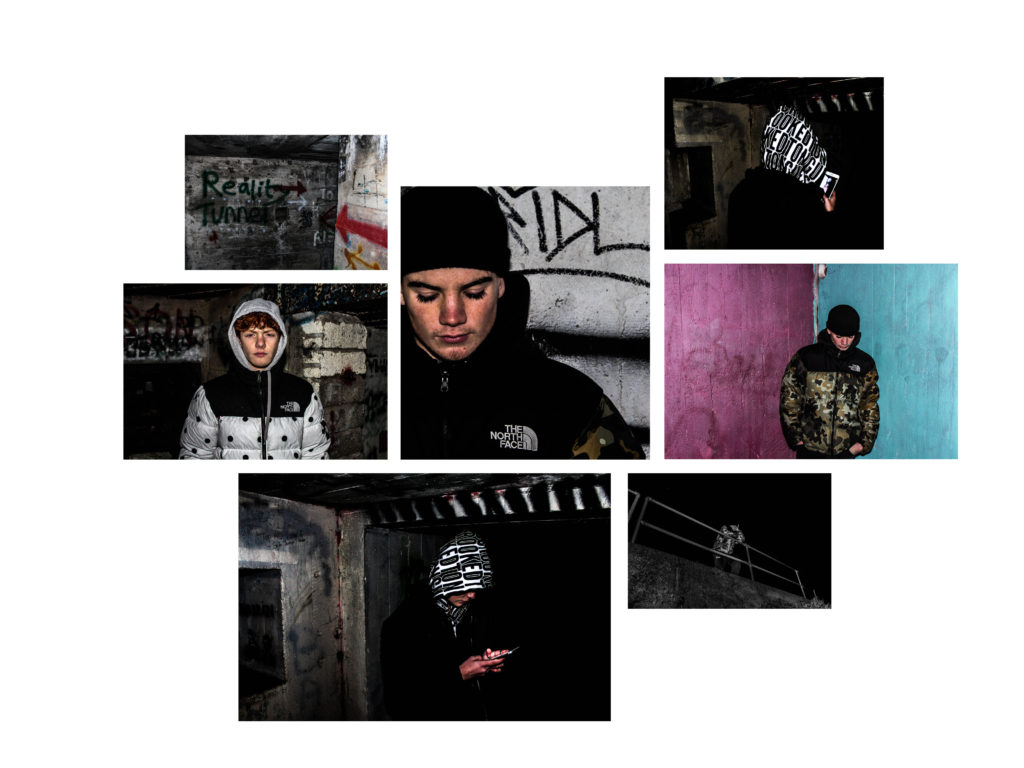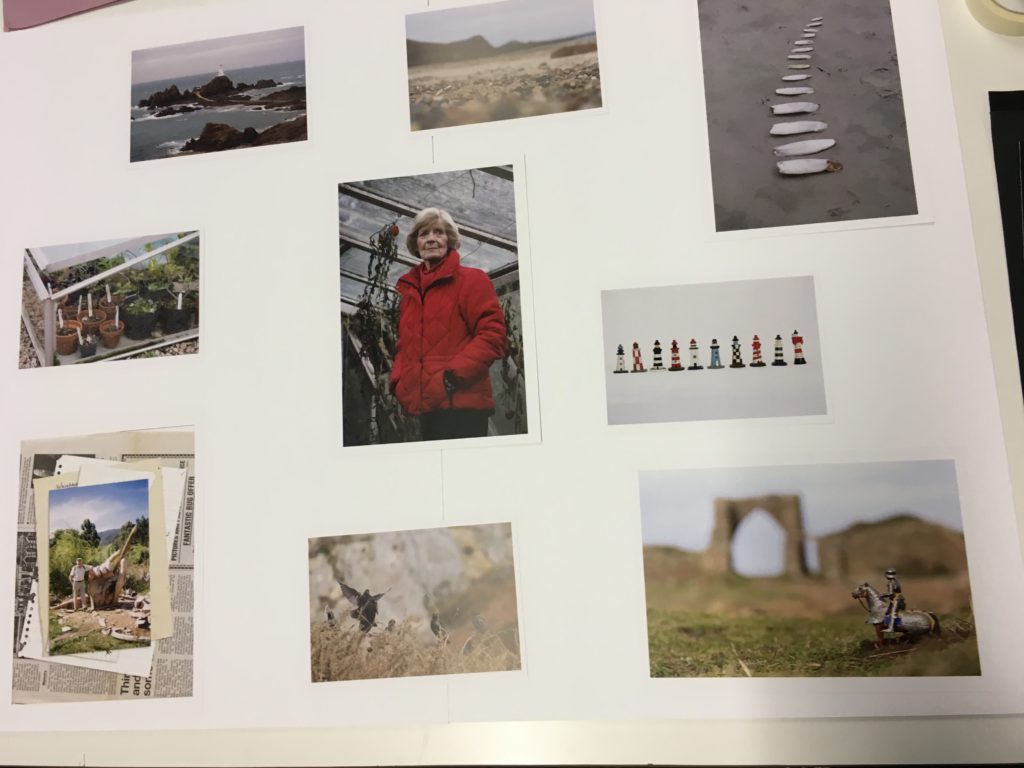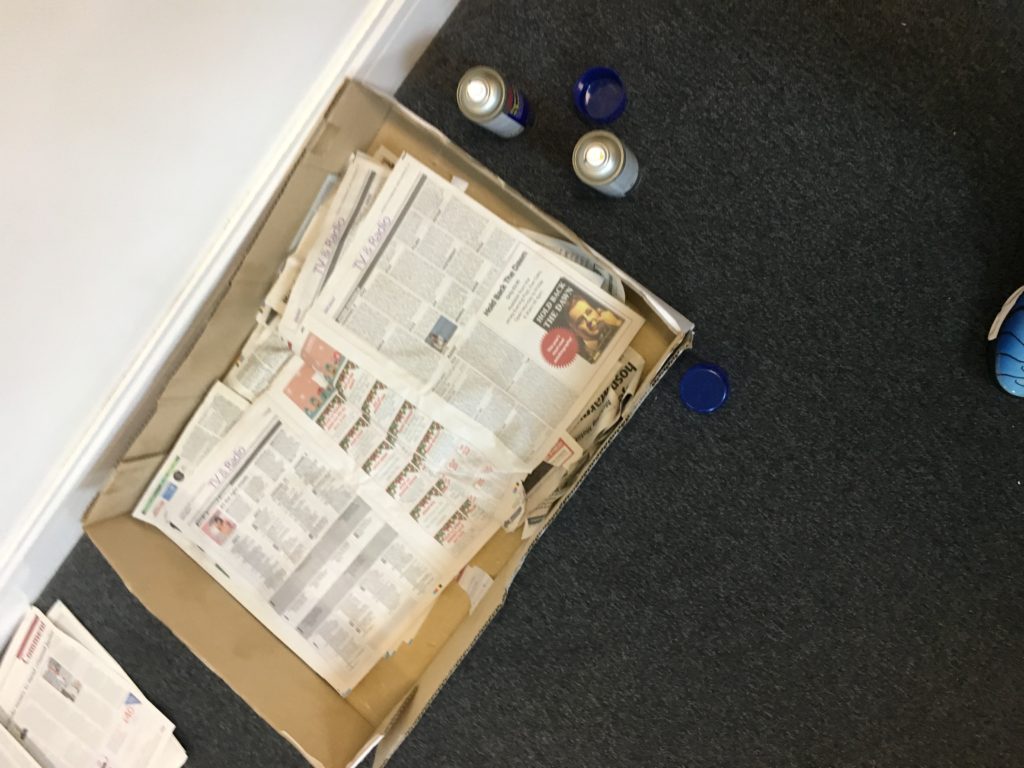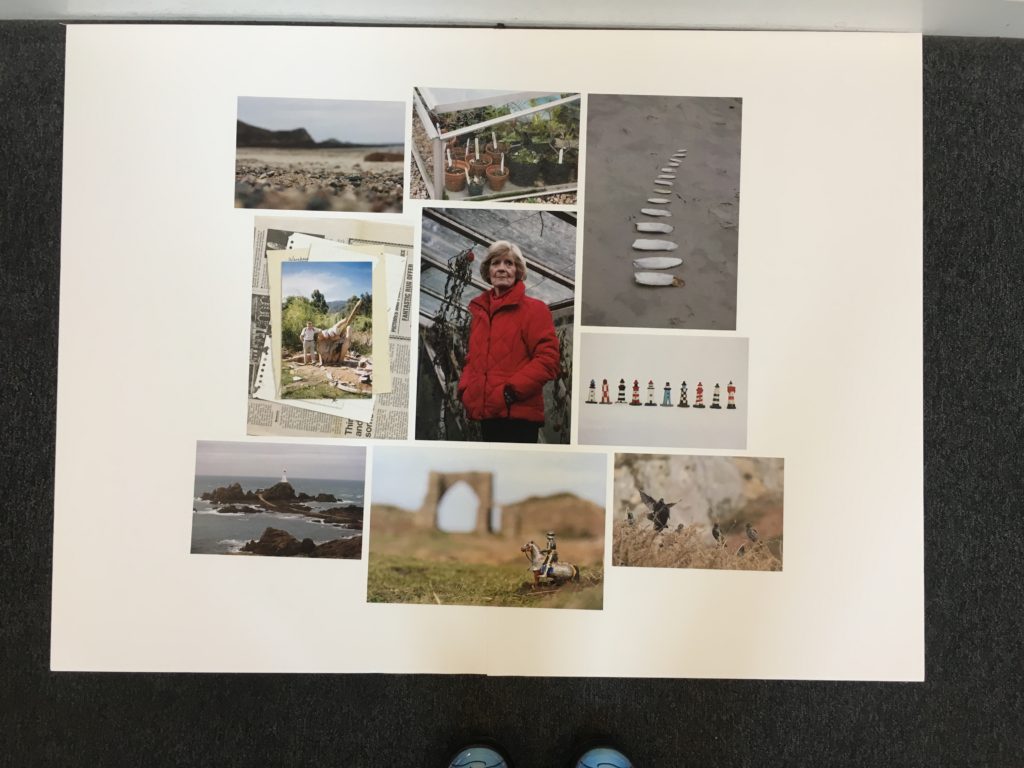DEADLINE: MOCK EXAM!
Mon 11 Feb Class 13C
Tue 12 Feb Class 13D
Wed 13 Feb Class 13A
Interim deadline: Essay Draft Tue 5 Feb
IN PREPARATION FOR MOCK EXAM NEXT WEEK MAKE SURE THE FOLLOWING IS READY BY THE END OF THIS WEEK:
- You want to aim for a draft layout of your photobook before your Mock Exam day and use that day to fine tune design with teacher
- Complete and proof read essay by end of week so it is ready to be incorporated into book design.
- Make sure you monitor and track your progress by Fri 2 Feb here Personal-Study-Planner-Tracker-2018-19
Publish tracking sheet on the blog
AT THE END OF YOUR MOCK EXAM DAY – ALL COURSEWORK MUST BE COMPLETE
PHOTOBOOK
Final book design checked and signed off by teacher.
ESSAY
Include essay in the back of your book. Work in text columns and make sure to include illustrations of your own images and that of artists, as well as a bibliography
BLURB – ORDER BOOK
Upload book design to BLURB, log onto your account on their website, pay and order the book.
Consider spending a few extra pounds on choosing better paper, such as Premium Lustre in check-out, change colour on end paper or choose different cloth/ linen
BLOGPOST
All blog posts in relation to the above must be published, including any other posts missing from previous work modules since the beginning of A2 academic year.
FINAL PRINTS
Select your final prints from book project. They may need to be added to prints from exhibition.
Save each image in your name as a high-res image (4000 pixels) into shared PRINTING folder here M:\Departments\Photography\Students\Image Transfer\PRINTING
MOUNTING
If you complete all the above and has extra time in Mock exam begin to mount and present final prints from Zine project.
Collect AS folder from Mr Cole’s room and add mounted images to your CW folder. Make sure each print is labelled with your name and candidate number.

